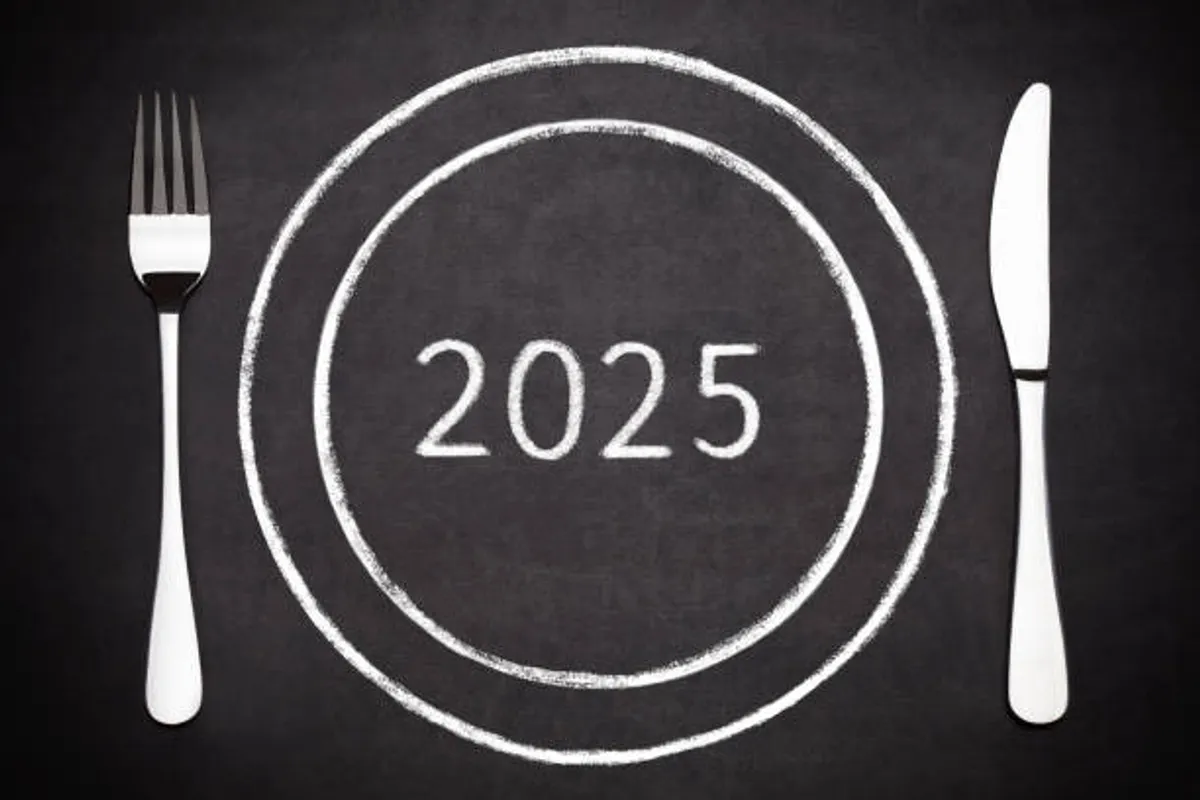
Intermittent Fasting 2.0: The Flexible Fasting Method That Works in 2025

GeokHub
Contributing Writer
Intermittent fasting has long been hailed as one of the most effective strategies for weight loss and metabolic health. But in 2025, the trend has evolved into something more sustainable, balanced, and adaptable — a method experts now call “Intermittent Fasting 2.0.”
Unlike the rigid fasting windows of the past, Intermittent Fasting 2.0 embraces flexibility. It’s not just about skipping meals — it’s about syncing eating patterns with your circadian rhythm, stress levels, and daily energy demands to optimize both health and lifestyle.
This modern approach focuses on personalization rather than restriction — giving you the freedom to listen to your body without feeling deprived.
What Makes Intermittent Fasting 2.0 Different?
The traditional fasting models — like 16:8 or 5:2 — were effective but often hard to maintain. In contrast, Intermittent Fasting 2.0 is designed for real life. It prioritizes consistency and adaptability over perfection.
Here’s what sets it apart:
-
Flexible Eating Windows:
Instead of fixed hours, you can adjust your fasting period based on sleep, exercise, or work schedules. For example, you might fast for 14 hours on weekdays and 12 on weekends. -
Focus on Quality Nutrition:
Fasting is only half the story. Intermittent Fasting 2.0 emphasizes nutrient-rich meals — whole foods, healthy fats, lean proteins, and slow-digesting carbs — to stabilize blood sugar and sustain energy. -
Mindful Refeeding:
Breaking your fast isn’t about indulging; it’s about nourishment. Smooth transitions with fruits, protein smoothies, or light meals support digestion and hormone balance. -
Integration with Other Wellness Practices:
This version blends seamlessly with mindfulness, hydration routines, and sleep optimization — making it part of a holistic lifestyle rather than an isolated diet trend.
The Science Behind Flexible Fasting
Research continues to support fasting as a powerful metabolic reset. Studies show it can improve insulin sensitivity, reduce inflammation, and support cellular repair through a process known as autophagy — where the body clears out damaged cells.
Intermittent Fasting 2.0 builds on these benefits by reducing cortisol spikes that come from overly strict fasting. When the body is less stressed, metabolism remains balanced and energy stays consistent throughout the day.
In short, less rigidity means better long-term results.
How to Practice Intermittent Fasting 2.0
Getting started doesn’t require extreme discipline — just awareness and planning.
Step 1: Start with a Gentle Window
Begin with a 12-hour fast (for example, 8 p.m. to 8 a.m.) and increase gradually if it feels comfortable.
Step 2: Prioritize Hydration
Water, herbal teas, and black coffee are fasting-friendly. Staying hydrated helps maintain focus and curbs unnecessary cravings.
Step 3: Break the Fast Smartly
Opt for a protein-rich breakfast — eggs, avocado toast, or Greek yogurt with nuts. Avoid processed sugars that can cause energy crashes.
Step 4: Listen to Your Body
If you’re feeling fatigued or irritable, shorten your fasting window. The goal is consistency, not struggle.
Step 5: Combine with Movement and Mindfulness
Light morning workouts or walking before breaking your fast can enhance fat metabolism. Pair it with mindfulness to reduce stress-related eating.
Benefits of Intermittent Fasting 2.0
- Enhanced Metabolism: Regulates glucose and insulin levels for better fat utilization.
- Mental Clarity: Stable blood sugar supports sharper focus and reduced brain fog.
- Sustainable Weight Management: Prevents the rebound weight gain often linked to crash diets.
- Improved Sleep Patterns: Fasting aligned with your natural rhythm supports deeper, restorative sleep.
- Balanced Hormones: Reduces cortisol levels and improves leptin sensitivity, helping with appetite control.
Common Myths About Fasting — Debunked
“You’ll lose muscle if you fast.”
Not true when fasting is done correctly. Intermittent Fasting 2.0 encourages protein-rich meals and strength training, preserving lean muscle mass.
“Skipping breakfast is unhealthy.”
It depends on your body clock. If your natural hunger kicks in later, delaying breakfast is fine — as long as your nutrition stays balanced.
“Fasting slows metabolism.”
Short-term fasting may actually increase metabolic rate slightly by boosting norepinephrine and human growth hormone (HGH) production.
Who Should Avoid Intermittent Fasting 2.0
Although flexible fasting is generally safe, it’s not suitable for everyone. Pregnant women, individuals with diabetes, or those with a history of eating disorders should consult a healthcare professional before starting.
The Future of Fasting: Personalization Over Perfection
As wellness technology and AI-driven nutrition apps grow, Intermittent Fasting 2.0 will become even more tailored. Tools now help users monitor glucose, sleep, and stress patterns — making fasting data-driven and intuitive.
This evolution proves that the future of health isn’t about strict rules but adaptive, personalized systems that respect both body and lifestyle.
Affiliate disclosure: This article contains affiliate links. If you purchase through them, I may earn a small commission at no extra cost to you.
Final Thoughts
Intermittent Fasting 2.0 is not a diet — it’s a flexible rhythm of eating that supports how your body naturally functions. By focusing on balance, mindfulness, and real-life adaptability, it delivers both wellness and sustainability.
So, whether you’re fasting for energy, mental clarity, or longevity, remember: consistency beats intensity. Start small, stay flexible, and let the benefits unfold.
Affiliate disclosure: This article contains affiliate links. If you purchase through them, I may earn a small commission at no extra cost to you.








